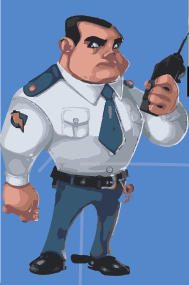For this week, we were to create a non-violent version of the game ‘Battleship’ and also change its metaphorical meaning. I decided to make my game more rewarding and also faster to play than the actual game and came up with the idea of having Player 1 hide a set of rewards on the board and Player 2 needs to guess their location. The rewards I chose were in the form of jewels and different jewels have different points. The more rare the jewels are the more points that jewel contains.





On the board there will be:
- 5 sapphires
- 4 emeralds
- 3 rubies
- 2 diamonds
- 1 onyx
The rules are simple:
- The first player will first put all the gemstones in random coordinates
- The second player will have to guess the coordinates and is allowed to call 10 coordinates and he/she can do this for 3 rounds
- Once a gemstone is uncovered and dug out, a new coordinate must be allocated for that jewel for the next round, however the ones that were not uncovered cannot change their coordinates.
- The total number of points are calculated and the player with the most points win













